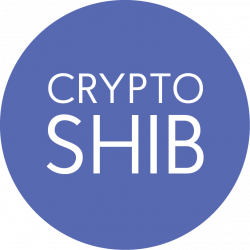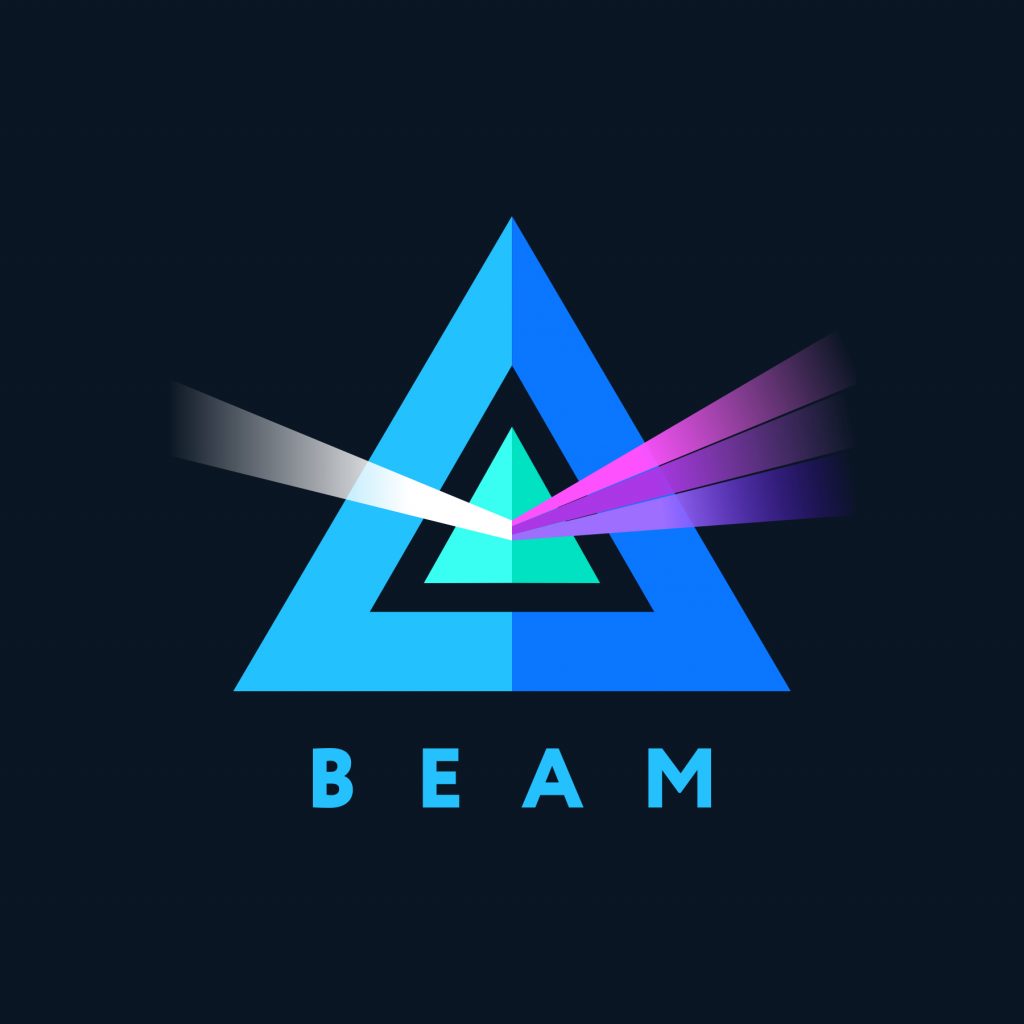Website – Twitter – Telegram – Discord – Medium – Forum – Reddit – Bitcoinalk – Youtube – Gitter – Github – Wallets – Wallet instructions – Position paper
Beam
Scalable confidential cryptocurrency
BEAM is a next-generation confidential and private cryptocurrency based, elegant and innovative Mimblewimble protocol. By using this platform and protocol none of the three important secrets – sender’s address, amount of coins sent, receiver’s address – will be revealed.
What is Mimblewimble protocol?
In August 2016 a new protocol was published by an anonymous author, suggesting an elegant approach to the topic of efficient confidential blockchain. It is called Mimblewimble, a reference to a spell from Harry Potter books, and it builds upon two concepts originally proposed by Greg Maxwell, namely Confidential Transactions and Transaction Cut – Through. It is a technology that stops blockchains from blabbing personal information.
BEAM project using Equihash mining that is well adopted by miners globally. Equihash is based on solving a Generalized Birthday Problem. It is IO bound, meaning that it requires quite a large amount of memory as opposed to Bitcoin’s SHA256 that requires a lot of processing power. Equihash is built in a way that does not allow an easy trade off between processing power and memory thus making it difficult to use with ASIC miners that existed at the time of its creation.
The project has public Testnet1 live on end of October 2018, there are Graphical Wallet Applications for Linux, Mac and Windows platforms.
Core features of the project
- Complete control over your privacy
- All transactions are private by default
- No addresses or other private information are stored on the blockchain
- Superior scalability due to compact blockchain size
- Opt-in Auditability
- Confidential Assets
- Support online and offline transactions, atomic swap, hardware wallets integration
- Wallet app for mobile and desktop
Governance model
No premine
No ICO
Backed by Treasury
Establishing a non-profit foundation to govern the protocol after Mainnet launch
How does it work
1. Wallet owners create a new transaction using a secure channel either online or offline
Both wallets participate in signing the transaction using Schnorr protocol
2. Wallet sends a transaction to node
Each transaction contains a list of Inputs and Outputs represented by Pedersen Commitments, as well as explicit fees and kernels. Each transaction also contains non-interactive zero-knowledge range proof to verify that the output transaction value is positive
3. A transaction is verified by the node
Each transaction is verified with respect to the recent blockchain state which is stored as a Merkle Tree. The root hash of the tree is recorded in block header along with a proof of work. In addition, each node periodically creates compacted history to allow ‘fast sync’ of new and existing nodes.
4. A transaction is added to the mining pool
A block is mined every minute and sent back to the node for verification and distribution
5. Mined blocks containing the new transactions are sent to the known peers
A valid block that is extending the longest chain is accepted as a new Tip and propagated further until a full consensus is reached.
6. Fast sync
When a new node connects to the network for the first time it can request compacted history containing only system state and blockchain headers. There is no need to retrieve the entire transaction history.
Roadmap
March 2018
Project kickoff
June 2018
Internal POC
September 2018
Public testnet
December 2018
Mainnet launch
Mobile wallet application
Atomic swap with bitcoin
Auditable transactions support
Hardware wallet integration
Blockchain explorer
Mining infrastructure
Confidential Assets
Beam explained in details and with mathematics
For those who would like to understand the technology of Beam project in depth – we can recommend reading this ARTICLE. With simple examples of math, this complicated topic explained in detail.
For those who are interested in more technology-oriented content – read this ARTICLE.

